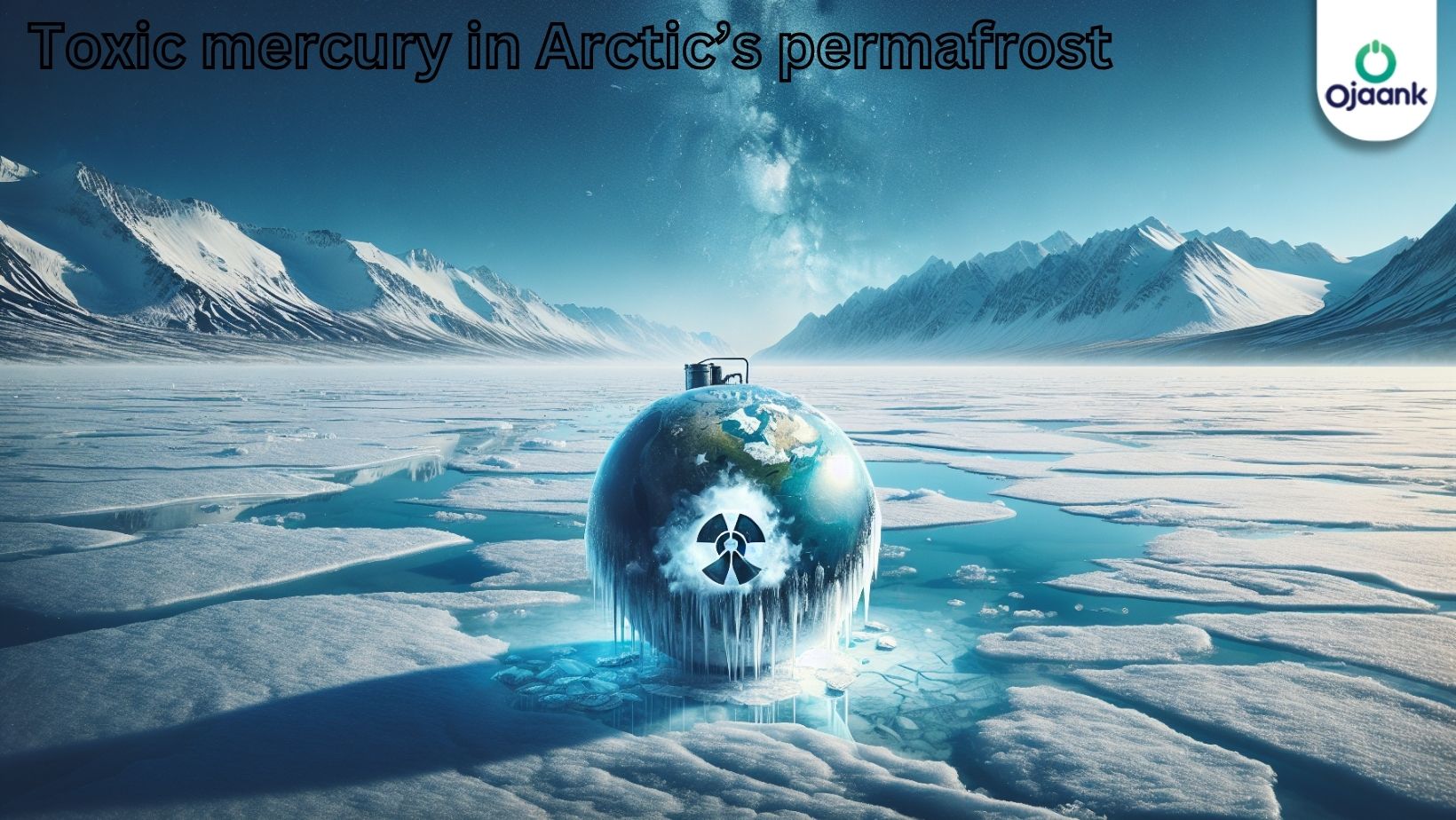Toxic mercury in Arctic’s permafrost

The Arctic's Hidden Threat: Toxic Mercury in Permafrost
Table of Contents
Introduction
The Arctic, a vast expanse of frozen landscapes, harbors a hidden danger beneath its icy surface. As global temperatures rise, the region's permafrost is slowly thawing, potentially releasing a toxic mercury bomb that could have far-reaching consequences for both local ecosystems and global environmental health. This blog post delves into the pressing issue of toxic mercury in Arctic's permafrost, exploring its origins, potential impacts, and the urgent need for action.
Understanding Permafrost
Before we dive into the mercury problem, it's crucial to understand what permafrost is and why it's so important:
-
Definition: Permafrost refers to any ground that remains completely frozen at or below 32°F (0°C) for at least two consecutive years.
-
Composition: It consists of a mixture of soil, rocks, and sand held together by ice.
-
Location: Permafrost is most common in regions with high mountains and in Earth's higher latitudes, particularly near the North and South Poles.
-
Active Layer: The top layer of permafrost, known as the active layer, thaws during summer months and refreezes in fall.
As Earth's climate warms, the ice within permafrost melts, leaving behind water and soil. This thawing process can have significant consequences for the environment and the release of stored contaminants, including mercury.
The Mercury Bomb: A Looming Danger
The term "mercury bomb" refers to the significant amount of total mercury (THg) stored within Arctic permafrost. This mercury poses a potential threat as it can be released into the environment through various processes:
-
Glacial Erosion: As glaciers erode permafrost, they can liberate substantial amounts of mercury.
-
Abrupt Thawing Events: Rapid thawing can mobilize meters-thick deposits of sediment, potentially releasing large quantities of mercury.
-
Sediment Composition: Mercury content is generally higher in finer-grained sediments compared to coarser ones.
Learn more about mercury in the environment from the EPA
Thawing Permafrost and Mercury Release
The thawing of permafrost is not a uniform process, and certain events can accelerate the release of mercury:
-
Thaw Slumps: These landslides occur in the terrestrial Arctic's permafrost regions and can expose large areas of previously frozen ground.
-
River Erosion: Thaw slumps adjacent to rivers like the Mackenzie, Yukon, and Koyukuk can elevate suspended particulate mercury contents downstream.
-
River Migration: Most mercury eroded from riverbanks during river migration is redeposited with sediments, potentially creating hotspots of contamination.
Arctic Mercury: Sources and Transport
Understanding the sources and transport mechanisms of mercury in the Arctic is crucial for addressing this environmental challenge:
-
Global Sources: Mercury is a global environmental contaminant with both natural sources and those associated with human activities.
-
Long-Range Transport: Over 98% of atmospheric mercury in the Arctic is emitted outside the region and transported via long-range air and ocean pathways.
-
Local Sources: While less significant, local sources of mercury in the Arctic include permafrost thaw and volcanic emissions.
Discover more about mercury transport in the environment
Impact on Arctic Communities and Wildlife
The presence of toxic mercury in Arctic's permafrost has significant implications for both human populations and wildlife:
-
High Exposure Levels: People and wildlife living in the Arctic are among the most exposed populations globally to mercury.
-
Health Risks: Mercury is a neurotoxin that can cause serious harm to the brain and nervous system, particularly when it accumulates in the food chain.
-
Indigenous Communities: Many indigenous communities, including Alaskan communities, rely on subsistence fishing and have disproportionately elevated blood mercury levels linked to dietary exposure.
-
Wildlife Impact: Arctic wildlife, particularly marine mammals and fish, can accumulate high levels of mercury, affecting their health and reproductive success.
Conclusion
The issue of toxic mercury in Arctic's permafrost presents a complex environmental challenge that requires immediate attention and action. As global temperatures continue to rise, the potential release of this "mercury bomb" threatens not only Arctic ecosystems but also human health on a global scale.
To address this issue, we need:
-
Increased research and monitoring of mercury levels in Arctic permafrost and ecosystems.
-
Development of strategies to mitigate mercury release during permafrost thaw.
-
International cooperation to reduce global mercury emissions and limit further Arctic contamination.
-
Support for Arctic communities in adapting to changing environmental conditions and potential health risks.
By raising awareness and taking proactive measures, we can work towards minimizing the impact of this hidden threat and protecting the unique and vulnerable Arctic environment for future generations.